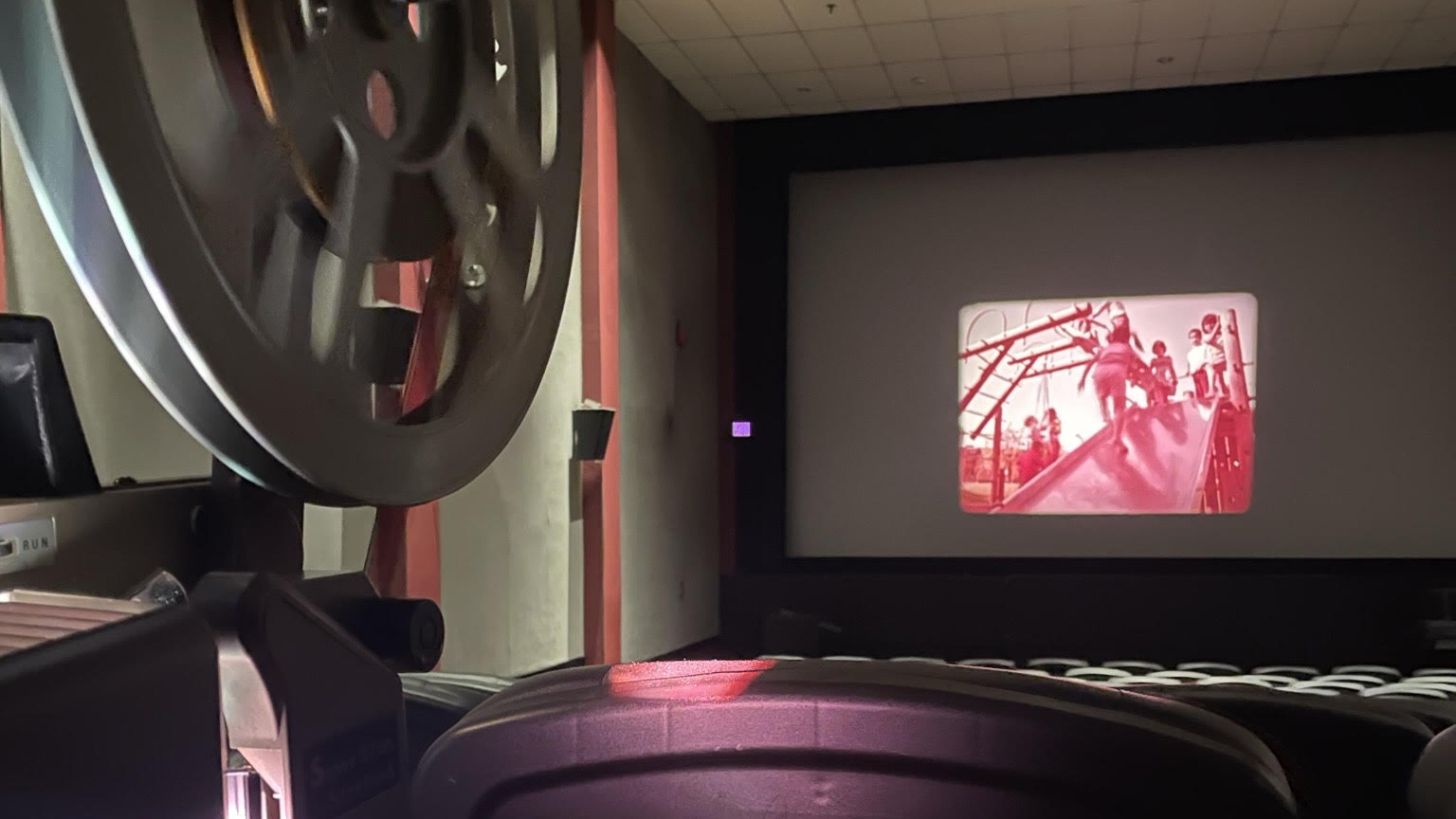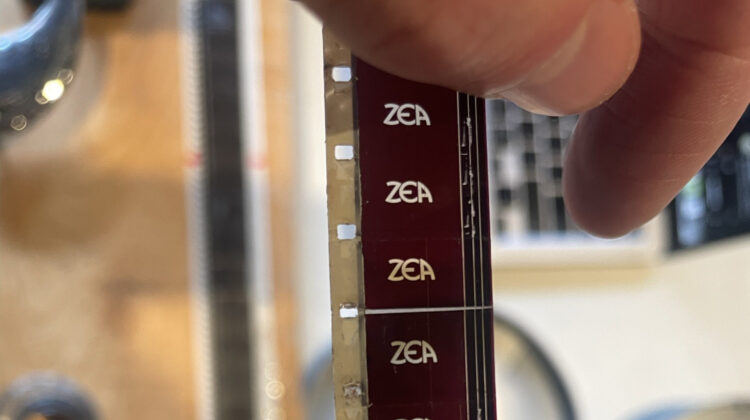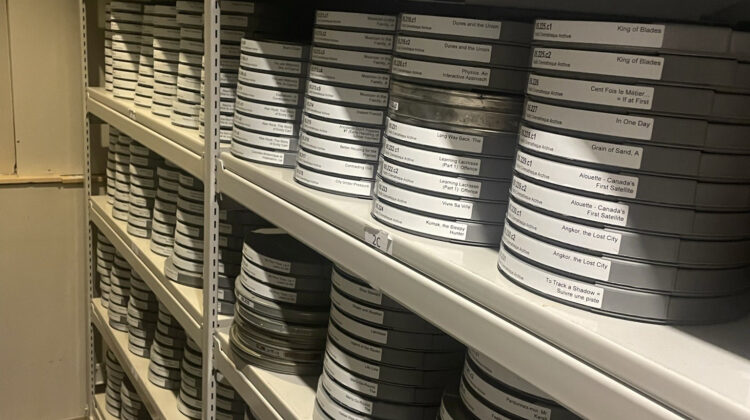West Coast Film Archive Presentation
June 7, 2024

Hello Cinematheque Patrons!
My name is Liam Schell and I have had the pleasure of working with The Cinematheque since January 2024 as the Film Archive Resident as part of my graduate studies in film preservation at Toronto Metropolitan University. As my six-month residency with The Cinematheque wraps up at the end of June, I have graciously been given the opportunity to discuss my preservation work in the West Coast Film Archive through this edition of Intertitles as well as through an archival screening and presentation happening on June 22nd at 4pm!
The West Coast Film Archive consists of approximately 2,300 reels of 16mm, 35mm and some small gauge format films. The most significant body of films in the archive is the West Coast Film Collection which features key works from BC filmmakers such as David Rimmer, Al Razutis, Kirk Tougas and Sylvia Spring. In addition to this regional collection, the archive also consists of a collection of National Film Board and international film prints including a 35mm print of a personal favourite, Lynne Ramsay’s Ratcatcher!
You may have heard the stories about flammable film stocks and the highly monitored conditions these volatile materials must be housed in. Have no fear! 35mm nitrate stocks were phased out by the 1950s and are mostly found in archives that possess nitrate friendly storage conditions. The West Coast Film Archive features exclusively acetate and polyester “safety” stocks—each requiring different levels of preservation work.
Acetate film was created as a reaction to the hazardousness of nitrate film in the early 1900s and eventually led to the creation of different film gauges including 16mm, 8mm and Super 8. While acetate film allowed for safer film handling with its less combustible material, it did present its own preservation challenges. For one, acetate will succumb to vinegar syndrome if left in improper humid or hot conditions, letting out a vinegar-like smell and progressing through various stages of deterioration including shrinkage and a final stage of turning to a white powder.
Polyester film on the other hand requires less strict preservation work because it is not at the same risk of vinegar syndrome. That being said, polyester film stocks, along with acetate film stocks, can both become subject to colour fading as the colour dyes on the film’s emulsion breaks down under warm conditions. This causes the image to turn a red, pink or magenta colour. For this reason, it is crucial that film reels are kept in cool, dry storage and frequently monitored in order to slow the deterioration.
The West Coast Film Archive is currently housed in a room just out of reach of The Cinematheque’s lobby, and unfortunately not in the aforementioned cold conditions. Part of my work since January has been to rehouse films (currently in metal cans) into polypropylene cans that allow for better air circulation, as well as monitoring the overall condition of these materials. This work aims to be a temporary solution to slow the film’s inevitable deterioration until they can find a home in cold storage.
If you’d like to learn more about the wonderful world of film preservation and see some of these analogue film quirks on the big screen, be sure to attend our free West Coast Film Archive Presentation on June 22nd at 4pm! Reserve your tickets here!


